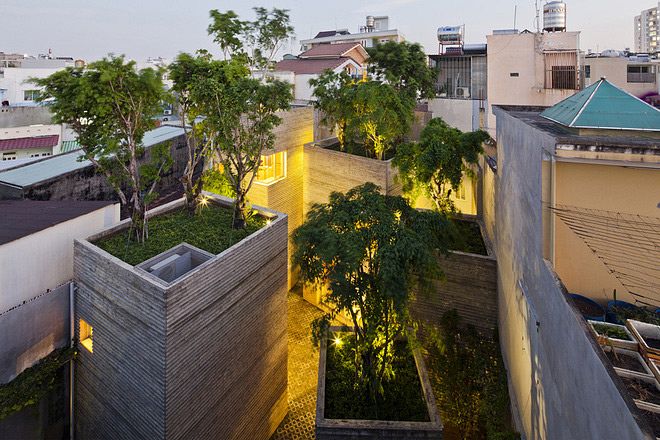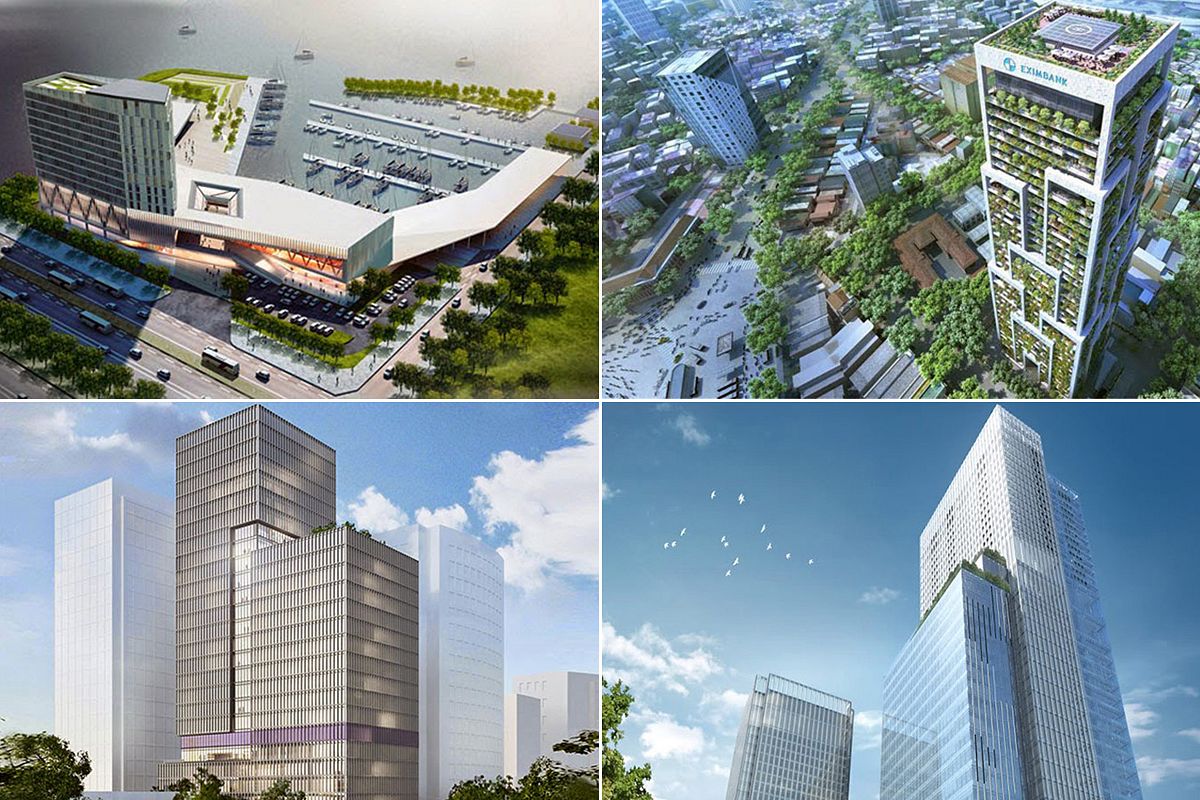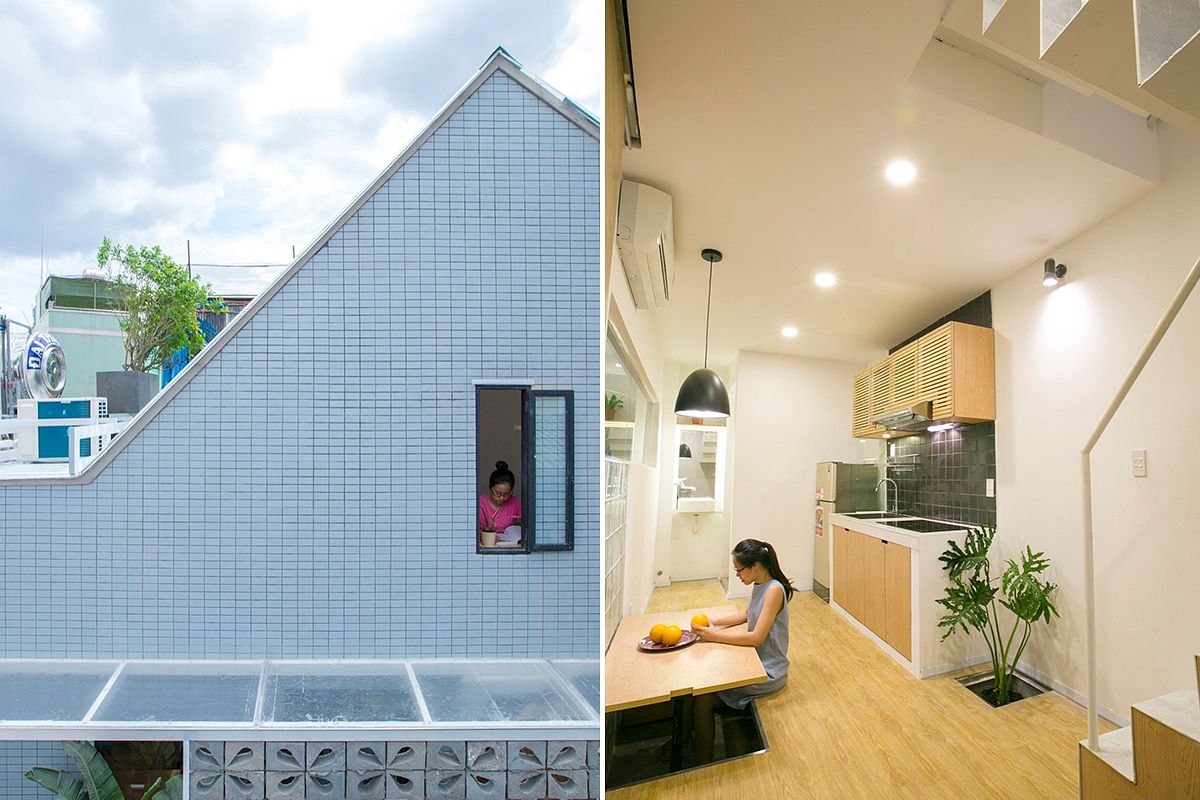In a recent article for Metropolis Magazine, Carl Robinson reflects on the massive changes to Saigon’s urban character over the last 15 years. He found that the city’s colonial buildings, designed with the area’s tropical climate in mind, are being torn down in favor of shiny new office towers. Saigon’s rich architectural history is being erased and replaced with characterless structures that ignore the city’s natural environment.
While best not to dwell on the ‘positives’ of the French colonial legacy, they, like the locals, understood the need to design buildings that fit Saigon’s climate:
“In their colonial stay of fewer than 100 years in old Saigon, the French left behind a rich architectural heritage reflecting shifting trends from the Second Empire and Third Republic to, even later, art deco and Le Corbusier. With high ceilings and fans, louvered doors and windows, the colonial buildings were ideally suited to Vietnam’s muggy climate. “
Little development occurred from 1975 to 1986 in Vietnam’s a stagnant, post-war economy so the French buildings endured, albeit with sparse maintenance.
According to Robinson, it was only after 1995, when office towers, malls, apartment buildings and massive infrastructure projects began to fundamentally change Saigon’s urban character, “Despite a recent economic downturn, the city is still in the midst of a massive facelift. Once it’s completed, no one knows if this one-time Pearl of the Orient will have any personality left.”

The absence of actionable preservation laws (or zoning in general) have resulted in a development free-for-all wherein office towers replace shop houses on narrow residential streets and old buildings are demolished without a second thought: “There doesn’t seem to be any limit on what developers can build here,” says Jim Okuley, a longtime Saigon resident and attorney.
Derek Hoeferlin, an architect and historian at Washington University in St. Louis’s Sam Fox School of Design & Visual Arts, told Robinson that modern architects should look to the city’s colonial buildings for inspiration:
“Most of the colonial buildings were designed cognizant of climate, with deep verandas, balconies, gracious overhangs covering the sidewalks, landscaped courtyards—not just to shade, but also protect from downpours. The tree-lined streets also dropped the temperature a lot. All of the new high-rises completely reject this.”
While preserving colonial buildings is an important step to maintaining Saigon’s character, it’s clear that large-scale projects should look to some of the sustainable designs that are becoming increasingly popular in the city’s residential areas.
Head over to Metropolis Magazine to read the full article.
[Image via Old Saigon Tumblr]














